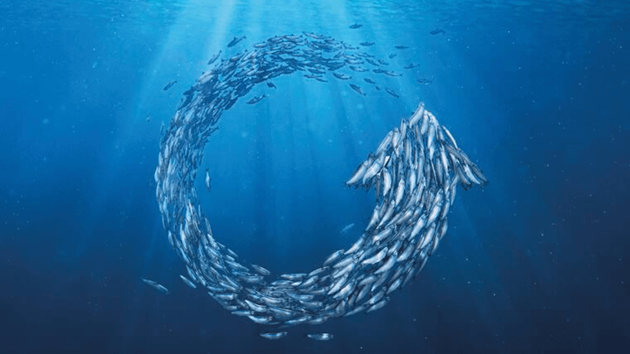Designed for Levels 3-5. Here we explore some basic ecology useful in understanding sustainable fisheries.
Dive in and explore
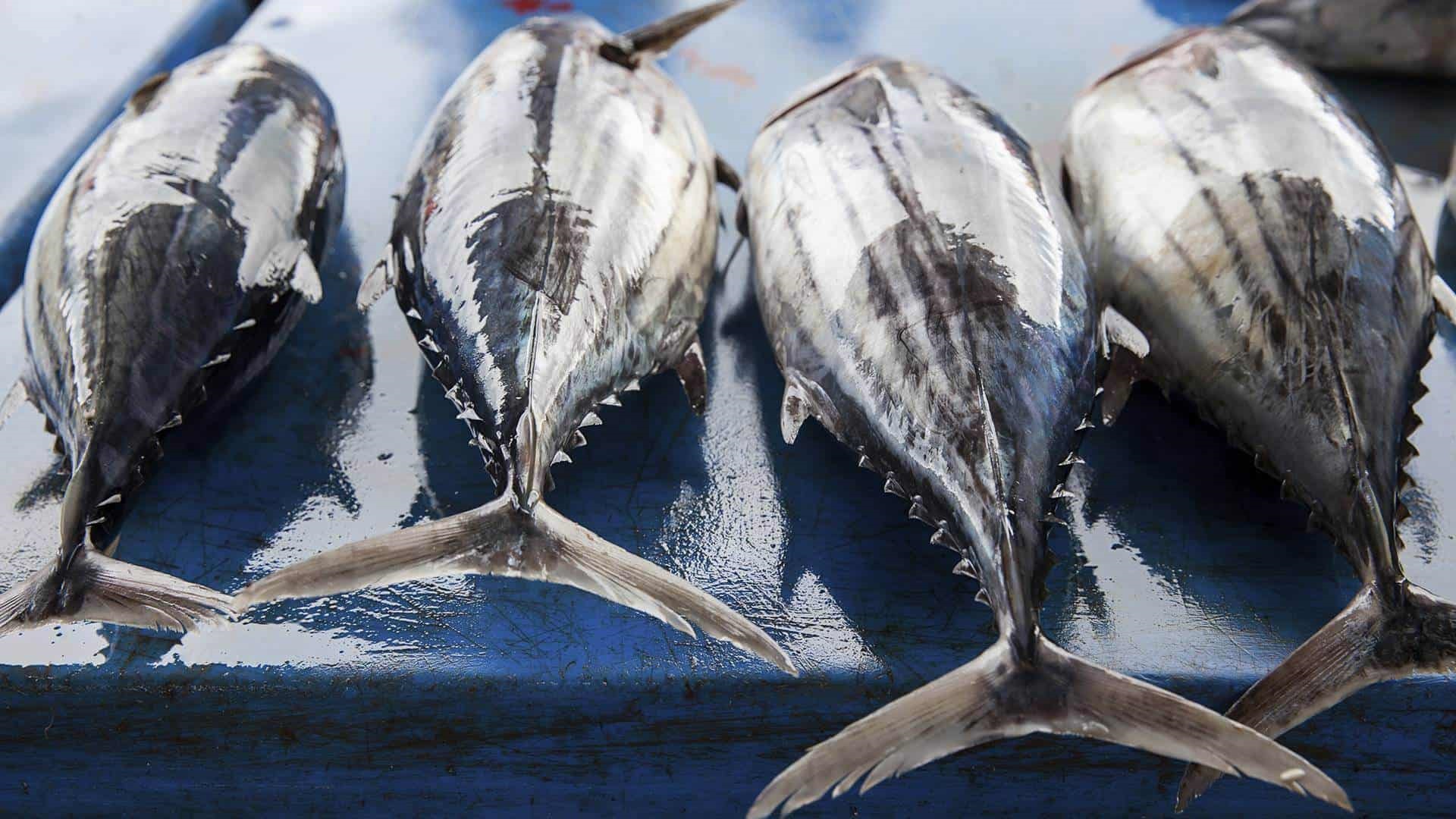
Fishy connections
Activities develop understanding of our connection with fish.
🎚 Level: 3-5
⌚ Duration: < 50 minutes
✍ Curriculum areas: Science, Pūtaiao
🔤 Keywords: Fish, whakapapa
📌 Location: Indoors
⏭ Next steps (this topic): What is a fish, Body shape of fishes
⏭ Next steps (other topics): Ko āu te moanaThere are many ways we are connected with fish – either as a food source, through time spent at or under the sea, and through our whakapapa.
Focus Questions:
How am I connected with fishes?
What new words and concepts have we learnt?
Learning outcomes:
Identify ways we as people are connected with fish
Use scientific and fisheries related vocabulary
Materials:
Teacher Outline Fishy Connections
Access to the internet (for film clip)
Something to write with
Activities include:
WATCH a short film [1:55] and experience being underwater in Aotearoa New Zealand
CONSIDER your connection with fish (tūpuna, kai moana, and current actions)
WRITE a story called ‘a creature of the sea and me’
EXPLORE connections with fishes through te ao Māori and whakapapa
USE our Ngā Ika Moana cards to test your knowledge of NZ fishes and their Māori names.
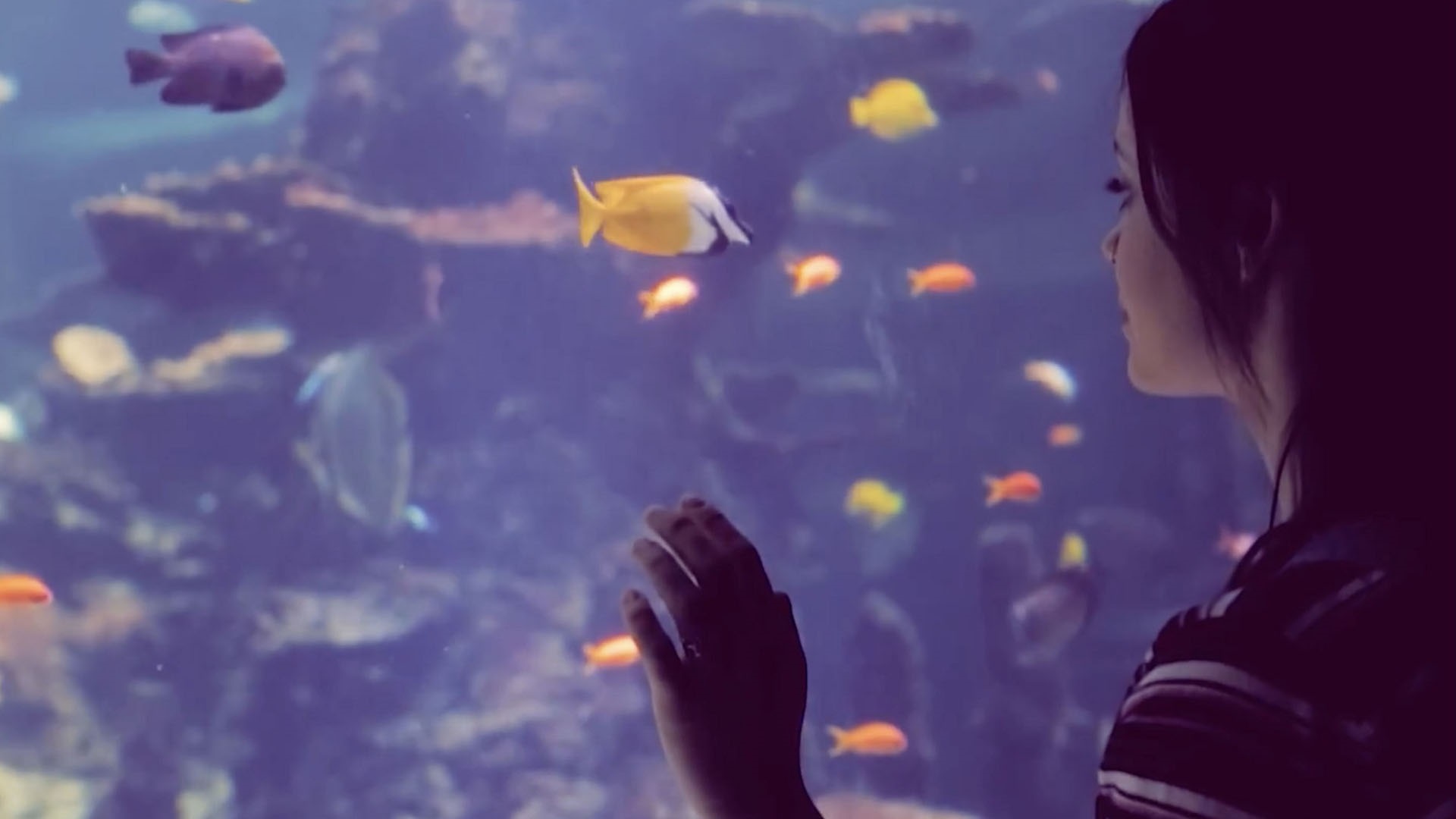
What is a fish?
Activities develop our knowledge of fish, their features and characteristics.
🎚 Level: 3-5
⌚ Duration: 50 minutes + field trip
✍ Curriculum areas: Science, Pūtaiao
🔤 Keywords: Fish, vertebrate, gills, bony fish, cartilaginous fish
📌 Location: Indoors and outdoors
⏭ Next steps (this topic): Body shape of fishes
⏭ Next steps (other topics):Sustainable fishing & sustainable catch, Well managed fisheries
What actually makes a fish a fish? A fish can be defined as ‘a scaly-skinned vertebrate (animal with back bone) that breathes using gills and lives in water’.
Focus questions:
What makes a fish a fish?
What fish live near us?
What new words and concepts have we learnt?
Learning outcomes:
Describe key features of fishes
Observe a fish and record evidence
Experience and identify local marine species
Use scientific and fisheries related vocabulary
Materials for the classroom:
What is a fish TEACHER OUTLINE
Something to write with
Copies of Fishy Factsheet & Worksheet
Copies of Local fish Spotty WORKSHEET and Local fish WORKSHEET
Materials for the field trip:
Copies of LOCAL FISH FIELD TRIP (includes teacher info & worksheet)
Bait catchers (set up with lanyard, bait, weight) (one per group)
Buckets (one per group)
Shade cloth (wet tea towel or umbrella)
Timer
Copies of the worksheet, clip board and pencil
ID Books for your local area
Activities include:
DISCUSS briefly 'what is a fish?'
BRAINSTORM what we already know about fish [slide 14]
INVESTIGATE features of a fish
IDENTIFY AND LABEL features of a fish
READ, RESEARCH and ANSWER questions about local fish
BRAINSTORM what we know about the fish and sea near us
VISIT our local wharf with a set of bait catchers and have fun trying to catch a Spotty
TAKE a virtual or real life lesson with the National Aquarium of New Zealand to OBSERVE fish features first hand
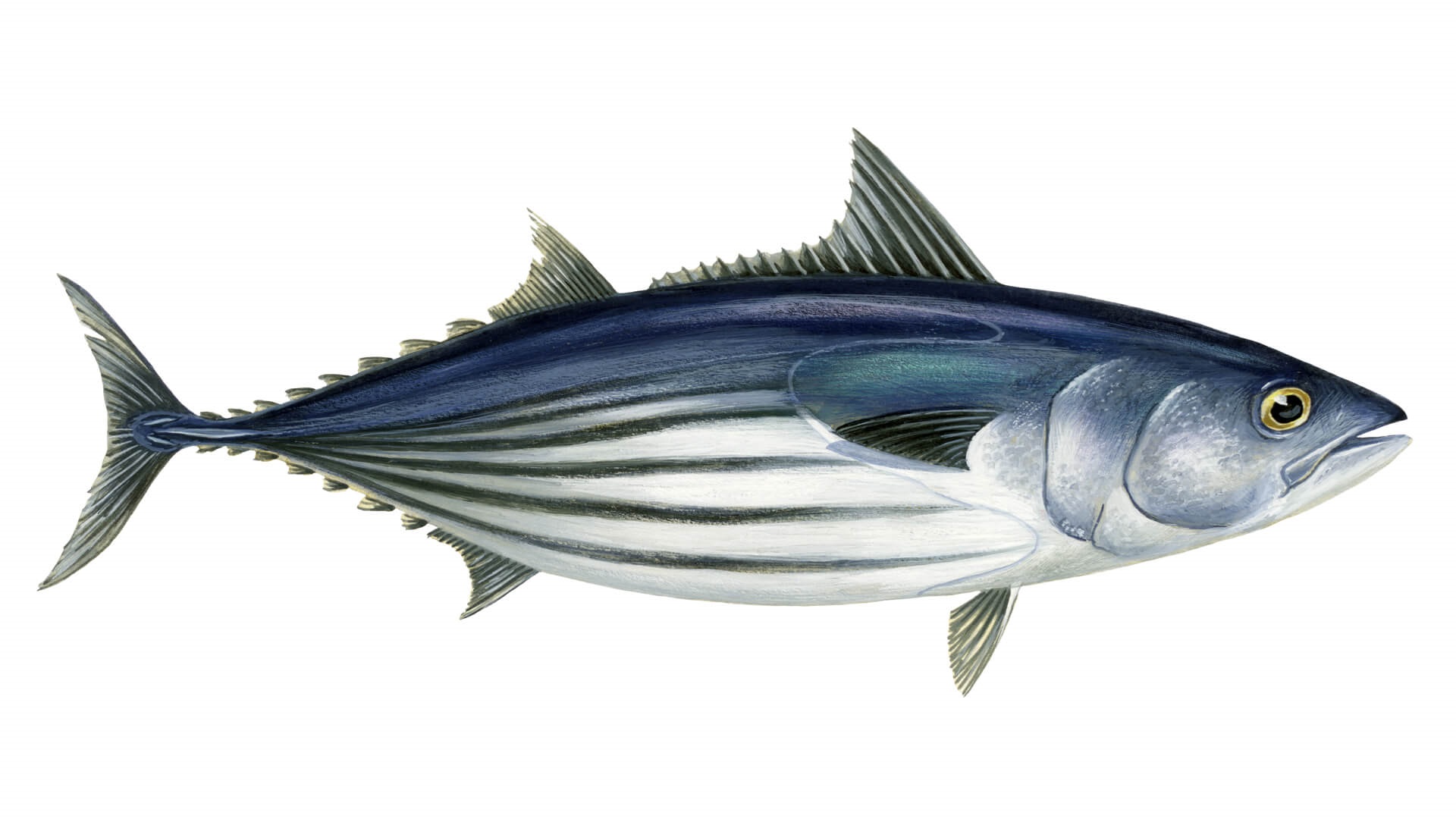
Body shapes of fishes
Activities deepen our understanding of adaptation and the way fish have adapted their shape and features to suit their particular habitat or environment.
🎚 Level: 3-5
⌚ Duration: 45+ minutes
✍ Curriculum areas: Science, Pūtaiao
🔤 Keywords: Adaptation, pelagic, evolutionary, camouflage
📌 Location: Indoors
⏭ Next steps (this topic): Marine habitat, Marine food webs, Sustainable fishing: orange roughy, Reviewing key concepts
⏭ Next steps (other topics): Fishing methods
Adaptation is an evolutionary process (something that happens over time) where a creature becomes well suited to living in a certain place (habitat). We can tell a lot about where and how a fish lives by looking at the features and shape of a fish.
Focus questions:
What patterns do we see in the body shapes of fish from similar habitats?
What new words and concepts have we learnt?
Learning outcomes:
Identify key adaptations of fishes to suit their habitat and use a scientific key
Describe patterns in body shapes of fish that live in the same habitat
Use scientific and fisheries related vocabulary
Materials:
Fish adaptations & body shapes TEACHER OUTLINE
Access to the internet (for film clip)
Something to write with and on
Copies of Scientific Keys Fish Adaptations
Activities include:
DISCUSS how fish adapt to their environment (adaptation)
INVESTIGATE relationship between body shape and habitat
WATCH short film clips while identifying body shapes of each fish
USE scientific keys
RESEARCH fish adaptations
WATCH the short film clips of deep water species and pelagic (open ocean) species
INVESTIGATE adaptations in deep water fish such as the viperfish or anglerfish
RESEARCH cool fish facts, CREATE cards and SHARE findings
TEST knowledge of fish body shape adaptations
TAKE a virtual or real life lesson with the National Aquarium of New Zealand to OBSERVE fish shapes and adaptations first hand
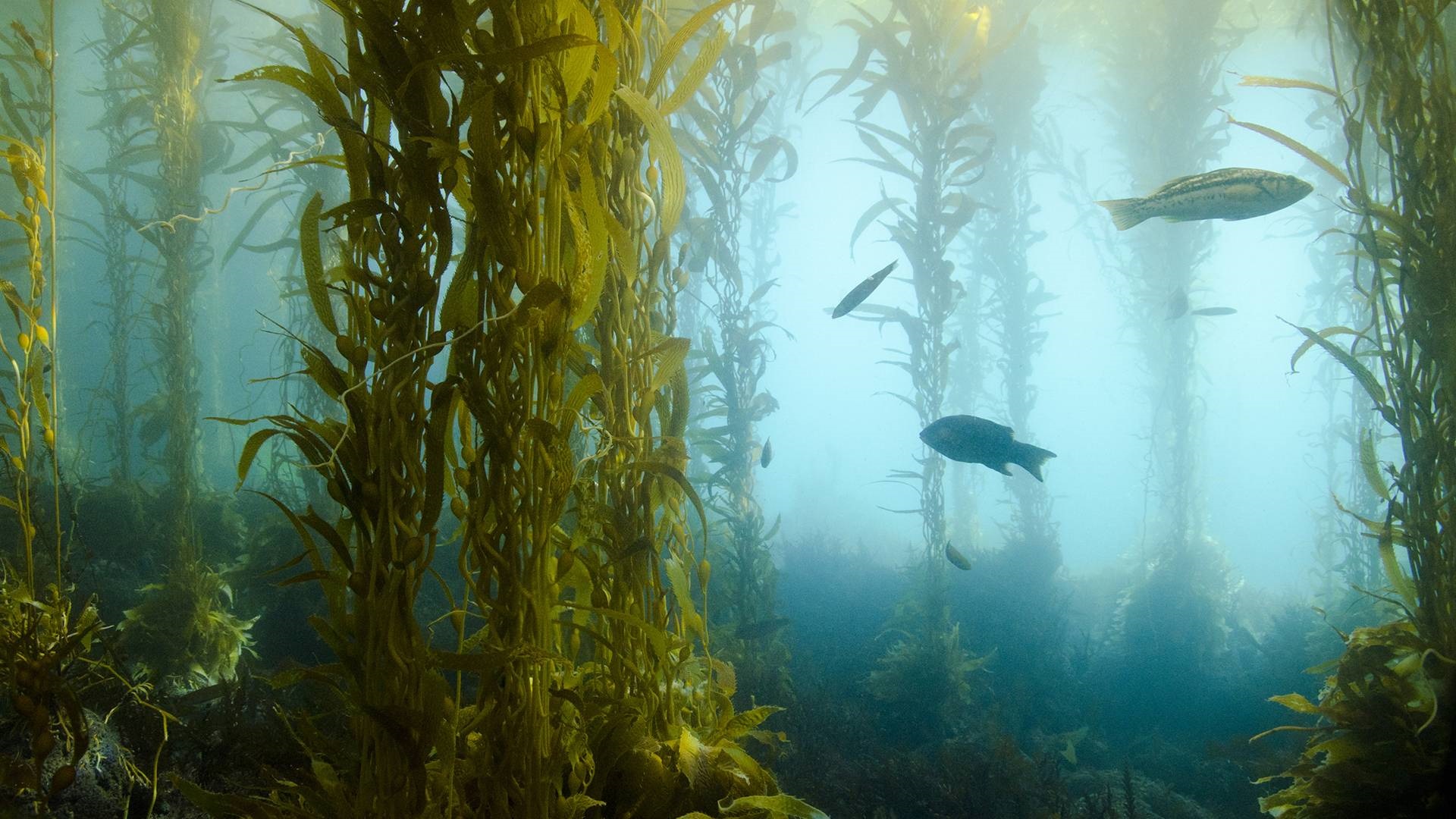
Marine habitat
Develop understanding of different habitats and how overfishing can impact marine habitats.
🎚 Level: 3-5
⌚ Duration: 45+ minutes
✍ Curriculum areas: Science, Pūtaiao
🔤 Keywords: Habitat, invertebrate, vertebrate, pelagic, adaptation
📌 Location: Indoors
⏭ Next steps (this topic): Marine food webs, Sustainable fishing: orange roughy; Reviewing key concepts
⏭ Next steps (other topics): Fishing methods, Environmental impacts of fishing
The Marine Stewardship Council has certified fisheries in many different habitats. A habitat is a place where a group (community) of living things (organisms) live and breed. Different habitats have different characteristics.
Focus questions:
How do marine habitats differ from one another?
What new words and concepts have we learnt?
Learning outcomes:
Describe the concept of ‘habitat’ and identify differences amongst three marine habitats
Use scientific and fisheries related vocabulary
Materials:
Marine Habitat TEACHER OUTLINE
Copies of Marine habitat CARDS
Scissors
Something to write with
White board and Blu Tack
Access to the internet (film clips)
Activities include:
INVESTIGATE the idea of ‘habitat’
BRAINSTORM existing knowledge of marine habitat
DISCUSS what creates a habitat and consider different habitat types
EXPLORE the deep ocean via the National Aquarium of New Zealand [1:30]
GO for a deep dive to see what animals hang out where in The Deep Sea
PLAY the true false card game about habitat and fish adaptations
MATCH marine species to their correct habitat using habitat cards
INVESTIGATE Deep Sea Exploration
EXPLORE IMPACTS of overfishing on habitats
WATCH VR underwater film clips to OBSERVE habitat characteristics
RESEARCH a habitat and the community of creatures that live there
APPLY knowledge to an imaginary habitat and CREATE a creature with features adapted to an imaginary habitat!
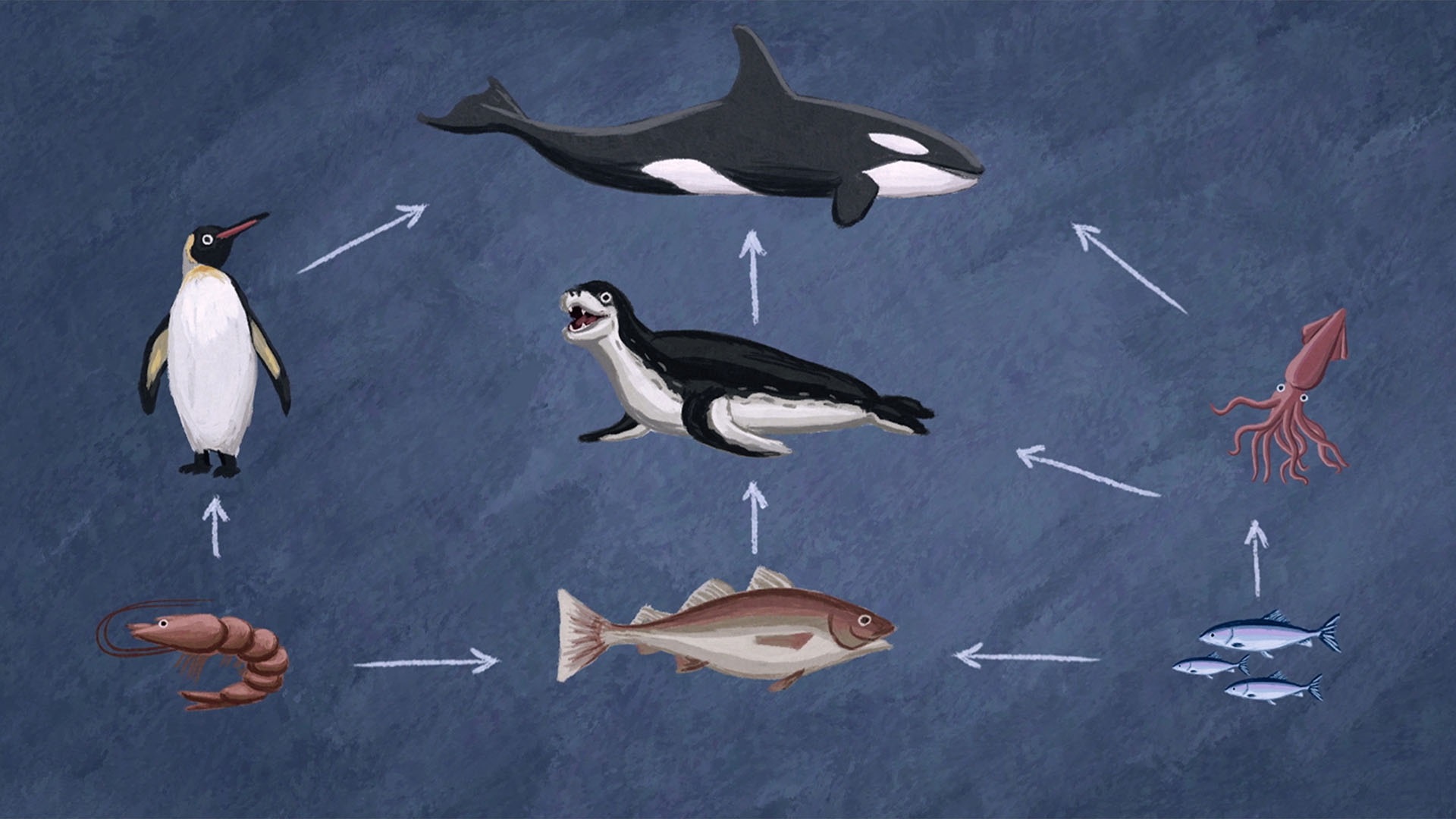
Marine food webs
Deepen our understanding of food chains and food webs, and the interdependence of species through food web relationships.
🎚 Level: 3-5
⌚ Duration: 45+ minutes
✍ Curriculum areas: Science, Pūtaiao
🔤 Keywords: Community, predator, food chain, prey, habitat, food web
📌 Location: Indoors
⏭ Next steps (this topic): Sustainable fishing: orange roughy; Reviewing key concepts
⏭ Next steps (other topics): Tāiko / Black Petrel Bycatch
Food chains and food webs are affected by overfishing. When one species is drastically reduced in number this has a knock-on effect for the remainder of the community.
Focus questions:
What is a food web?
How can overfishing affect food webs?
What new words and concepts have we learnt?
Learning Outcomes:
Describe the concept of food web and the effect unsustainable fishing has on food webs
Use scientific and fisheries related vocabulary
Materials:
Marine Food webs TEACHER OUTLINE
Access to the internet (for film clip)
Something to write with and on
Materials to play String games NZ (scissors, organism labels, ball of string, and hole punch
Materials to play Food web games (desks or pads to write on, white board markers or pencils, copies of predator-prey table and creature cards, scissors)
Activities include:
DISCUSS how creatures are connected in communities via predator / prey relationships
INVESTIGATE food chains and food webs
WATCH a short film on food webs [2:06]
Experience how marine species rely on one another by PLAYING String games NZ
PLAY the interactive Food web games
PLAY an online food web game
CONSIDER the impact when one type of animal is removed from a habitat
WATCH the short Pew film about the removal of sharks [1:35]
TAKE a virtual or real life lesson with National Aquarium of New Zealand to OBSERVE predator prey relationships first hand
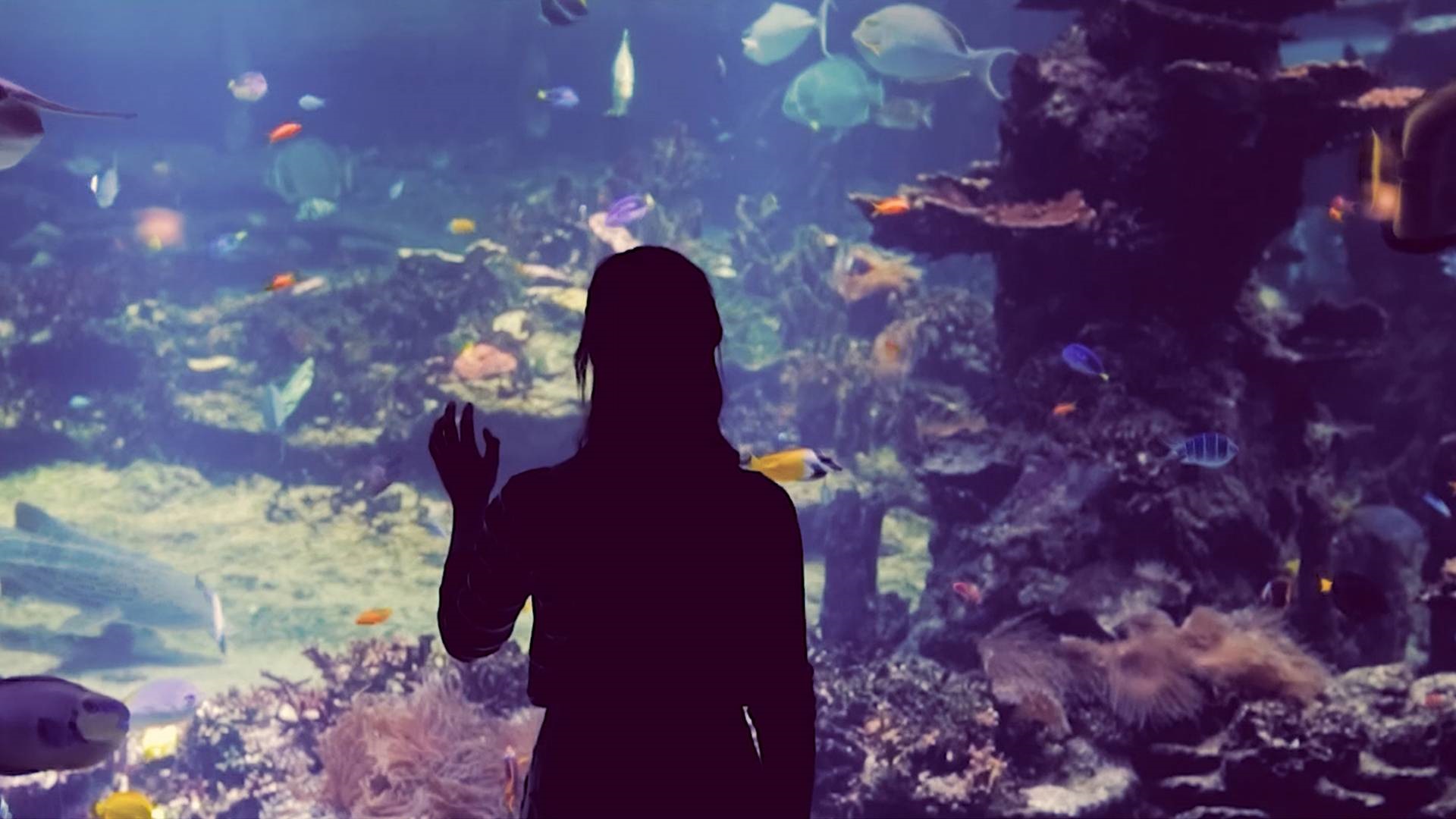
Reviewing key concepts
Activities reinforce and review what we have learned in this topic.
🎚 Level: 3-5
⌚ Duration: 45+ minutes
✍ Curriculum areas: Science, Pūtaiao
🔤 Keywords: Food web, adaptations, habitat, overfishing, sustainable fishing
📌 Location: Indoors
⏭ Next steps (other topics): Sustainable fishing & sustainable catch
Review key learnings from Topic 2.
Focus question:
What new words and concepts have we learnt?
Learning outcomes:
Use scientific and fisheries related vocabulary
Materials:
Marine Ecology Topic Review SLIDES
Marine Ecology Review TEACHER OUTLINE
Access to the internet (for Kahoot quiz)
Something to write with
Activities include:
COMPLETE the Marine Ecology Topic Summary Kahoot Quiz
DEFINE key terms
ACT out key terms
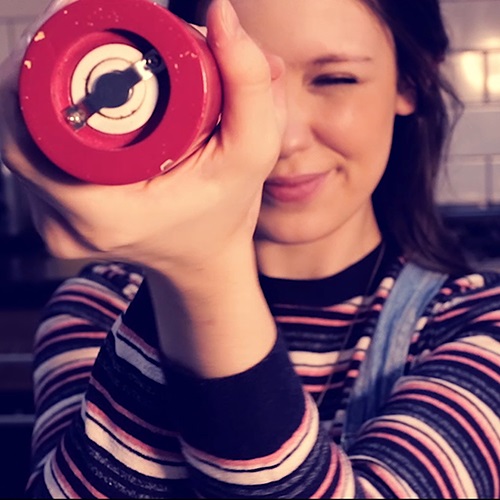
Back to Topic 1
Overfishing, the Marine Stewardship Council and sustainable fishing - He tai moana, he tai ika,He tai timu, he ika nunumi
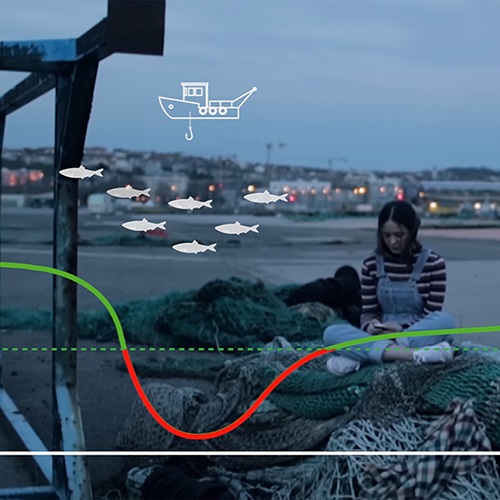
Forward to Topic 3
Science and the sustainable catch - Mā tō rourou, mā taku rourou ka ora ai te tangata
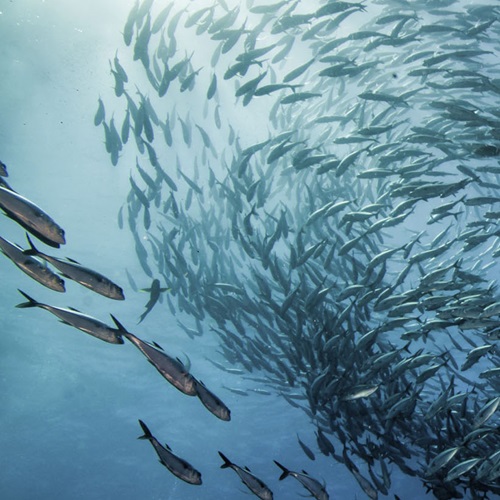
Topic selector
Te Kawa o Tangaroa: all topics
Explore more

Featured{{item.Headline}}
{{item.Description}}
Sign up for teacher updates
Each quarter, we'll feature the latest education resources, upcoming calendar dates, competitions and the very best ocean-related stories.

